Turkey began receiving deliveries of Russian S-400 systems earlier this month (July 12), and the United States was not happy. Turkish’s defiance has forced the U.S. to begin removing the NATO ally from its F-35 stealth fighter program over security concerns. U.S. officials argued the Russian system would be incompatible with NATO air defence systems and threatens the F-35 fighter jets.
The Turks previously ordered about 100 F-35 stealth jet fighters from the United States, and almost 1,000 parts of the jet are made by Turkish companies. In actuality, the U.S. fears that if Turkey has both the F-35 and Russia’s most advanced air defense system in its hands, then the Russians may gain access to F-35 technology and learn how to target its weaknesses.
In May, Kathryn Wheelbarger, U.S. acting assistant secretary of defense, said that the “S-400 is a Russian system designed to shoot down an aircraft like the F-35.” That statement alone speaks volumes about the superiority and effectiveness of S-400 Triumph (nicknamed SA21-Growler by NATO) in targeting Lockheed Martin’s supposedly all-weather, stealth, fifth-generation, multirole combat aircraft – the F-35.
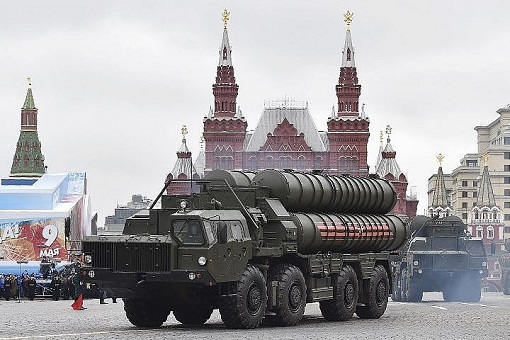
Russia is currently using S-400 too, but by next year, a more advanced S-500 Prometey surface-to-air missile system is scheduled to be deployed. The new generation S-500 is designed for intercepting and destroying intercontinental ballistic missiles, as well as hypersonic cruise missiles and aircraft – with a range of 600 km for anti-ballistic missile and 400 km for the air defence.
More importantly, the Russian S-400 system costs only US$500 million, in comparison to the American Patriot PAC-2 which comes in at around US$1 billion – 50% cheaper. When China purchased 10 Russian Sukhoi Su-35 fighter jets and S-400 defence system, the U.S. was offended as well. Delivery of the S-400 system to the Chinese began in January 2018, and the first test fire was done in August 2018.
The second batch of S-400 air defence system, described by “The Economist” in 2017 as “one of the best air-defence systems currently made”, is scheduled to be delivered to the Chinese in late July this year. The People’s Liberation Army’s Rocket Force (PLARF) plans to set up two S-400 regiments with total acquisition costs estimated at around US$3 billion.
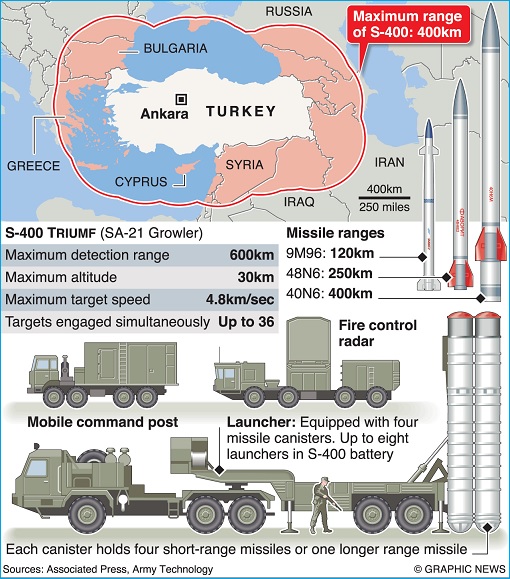
To be fair, it wasn’t entirely the Turkey’s fault that the country ended with the S-400 purchase in 2017. Ankara had been trying to purchase American Patriot air defence system since the Gulf War, when Turkey asked NATO for the first time to send air defenses to protect them from possible retaliatory SCUD missile strikes from Iraqi President Saddam Hussein.
The US-led NATO would deploy Patriot missile systems whenever the region plunges into conflicts and Turkey requested NATO for air and missile defence. But selling the system to Turkey was never on the table due to mistrust between the U.S. and Turkey, despite both nations being the NATO allies. To make things tricky, the Turks are known for their hard bargaining.
Not only Turkey wanted insane low price, they also wanted to manufacture parts of the system and acquire the top secret technology to eventually build their own. They wanted the Americans to transfer their missile defence technology to the Turks, something which was beyond impossible considering even other NATO allies do not get such privilege.
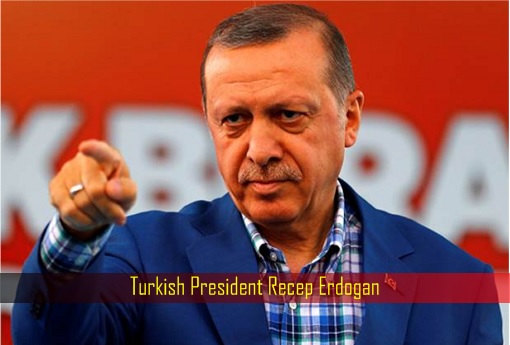
At one time in 2013, then-Prime Minister Recep Tayyip Erdogan played his “China card” by announcing that Turkey would buy the Chinese FD-2000 system. Stunned, NATO and the U.S. went ballistic and objected their ally’s intention. The final straw that broke the camel’s back happened during the 2015 Syrian War, when the U.S. and Turkey disagreed on how to tackle Russian intervention.
Of all the indigenous Syrian forces, the U.S. decided to work with Syrian Kurdish militants to fight the Islamic State (ISIL / ISIS). Although the Kurds proved to be the most effective fighters against the ISIS terrorist, Turkey, on the other hand, had designated them as a terrorist organization. It’s a classic example of one man’s meat is another man’s poison.
After the 2016 coup attempt, which Erdogan believed was a plot hatched by Turkish cleric Fethullah Gulen, who has been living in self-exile in the US since 1999, the US-Turkey relationship has essentially gone from bad to worse. Russian President Vladimir Putin saw the coup as an opportunity to befriend the friendless Erdogan amongst the NATO allies.
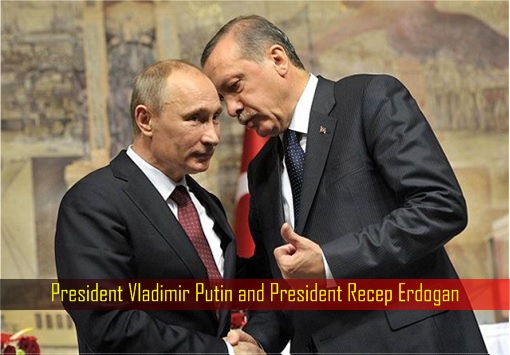
Taking advantage of this new low in U.S.-Turkey relations, the naughty Putin mooted the idea in 2017 of selling an S-400 defence system to Turkey to first, embarrass the United States and second, to create chaos in the NATO. Erdogan snatched the offer to teach the U.S. a lesson for supporting the Kurds and refusing to extradite Fethullah Gulen.
Amusingly, 5 days after the first Russian Antonov landed in Turkey with S-400 components, President Trump told reporters that withholding the F-35 from Turkey was unfair. It was only after the purchase of the Russian system that U.S. officials advised Turkey to buy the U.S. Patriot missile system rather than the S-400. The U.S. also said it would impose sanctions on Turkey under the CAATSA.
CAATSA (Countering America’s Adversaries Through Sanctions Act) aims to prevent countries from purchasing military equipment from Russia. In response to the U.S. objections and threats, Turkey, said that the S-400, of which the deliveries will continue through April 2020, would not be integrated into NATO systems and hence would not pose a threat to the alliance.
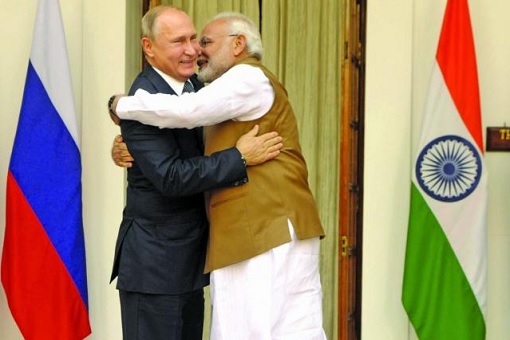
Turkey isn’t the only U.S. ally that was interested on acquiring the Russian-made S-400 air defence system though. Three other U.S. partners – Saudi Arabia, Qatar and India – are either considering or procuring the S-400. While Saudi is seeking additional consultation, Qatar has engaged in “advanced talks” with the Russians on the acquisition of the Russian hardware.
India has agreed to pay US$5.2 billion for five S-400 squadrons. The delivery will start from October 2020 until its completion by April 2023. Indian Prime Minister Narendra Modi made the deal with Russian President Vladimir Putin in October last year, defying US warnings of sanctions on countries buying Russian military equipment.
To meet the criteria for a US sanctions waiver for procuring the S-400, New Delhi argued that the purchase of the missile defence systems from Russia began before the US sanctions were introduced. India also told the U.S. that it cannot throw away its longstanding defence ties with Moscow.

To pacify the United States, Turkish Defense Minister Hulusi Akar said Turkey was still considering buying US Patriot missiles, although the issue of technology transfer was not mentioned. But splashing billions of dollars on S-400 was just the beginning for Turkey. It could give more headaches to the U.S. if the military superpower continues to pressure the Turks.
The Foreign Ministry of Turkey warned that it would retaliate if the U.S. imposes sanctions – even threatens to consider alternatives to F-35 if Washington went ahead with expulsion. Yes, not only Russia and Turkey are in talks about the possibility of jointly manufacturing some components of Russia’s S-400 missile defense system in Turkey, the Turks might consider Russian Su-35 fighter jets.
Russian Sukhoi Su-35 would provide a great combination with the S-400 for the Turkish military force. Called the Flanker-E by NATO, the fourth-generation supersonic fighter jet Su-35 is a heavy multirole fighter jet which offers its popular feature – extreme manoeuvrability. The aircraft was actively used in Moscow’s military campaign in Syria.
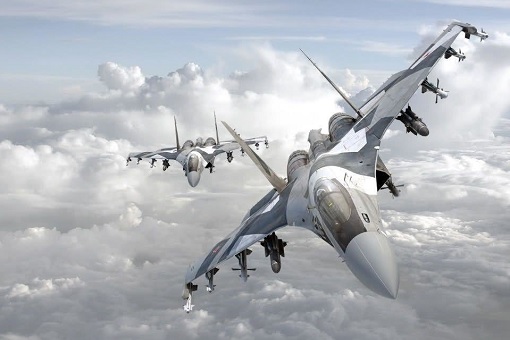
In November 2018, Russia completed the delivery of 24 multi-role Su-35s for China in a deal worth around US$2.5 billion. Indonesia currently has an order for 11 jets with deliveries expected later in 2019. Sergei Chemezov, head of the state-run Rostec industrial conglomerate, told reporters – “if our Turkish colleagues express an interest, we are ready to discuss the deliveries of Su-35.”
However, Turkey reportedly had been considering the purchase of latest-generation Russian Su-57 stealth fighter jets as a replacement for the American-made F-35 jets. Regardless whether it was Su-35 or Su-57, Moscow is more than happy to cooperate with Turkey. Rostec is urgently looking for buyers of the Su-57 since India pulled out of the project in early 2018.
Other Articles That May Interest You …
- Only 4 Fighter Jets Can Fly – A Result Of Incompetency & Corruption By These 4 UMNO Leaders
- How U.S. Military Is Scammed $20 Billion Buying 100 Stealth Fighters That Can’t Fight
- Trump’s Declaration Of War – 20,000 South Koreans Could Die … Per Day
- Turkey Sends Troops To Qatar, To Defend Against A Saudi’s Invasion
- The Rise Of China-Russia – Turkey’s Turn To Shift Alliance To Shanghai Five
- Panic!! Russia’s Aircraft Carrier Leading A Fleet Of Warships Towards Mediterranean
- Turkey Coup D’état – Here’s Why President Erdogan Could Have Staged The Drama
- Putin To Send Aircraft Carrier To Syria – To Wipe Out ISIS, To Humiliate NATO

|
|
July 23rd, 2019 by financetwitter
|


|

|

|

|

|

|




























Comments
Add your comment now.
Leave a Reply